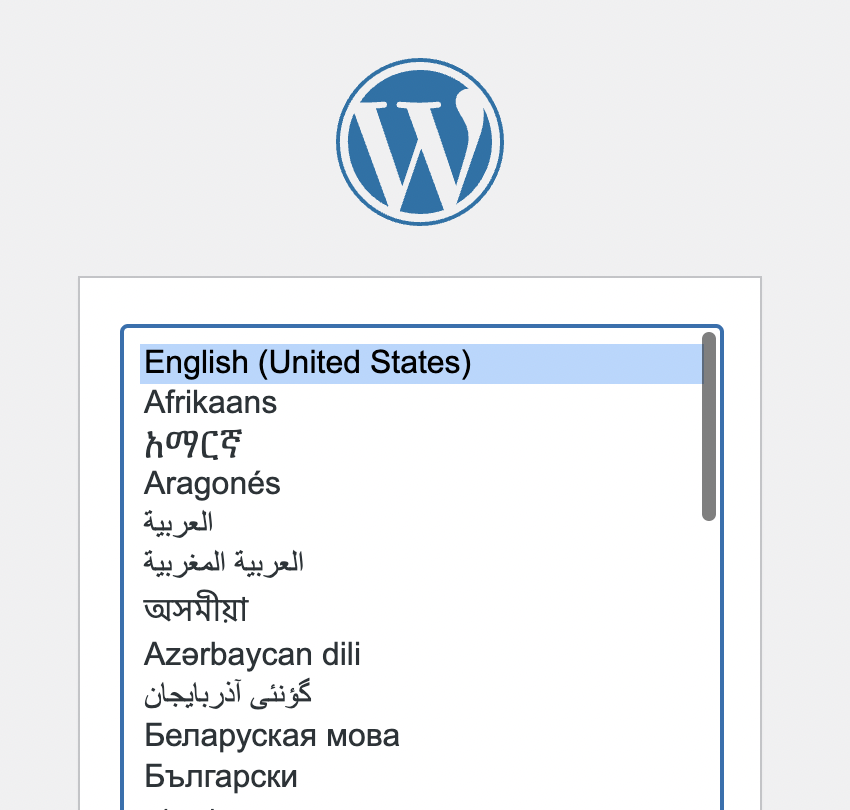All website software is created to be manually installed. With software such as WordPress, Joomla, and Magento, the installation process is pretty standard.
The first thing you need to do is download the software from your software provider. The version we recommend downloading is the latest version that is stable. The server requirements should also be checked to see if the software needs a specific PHP version. If it does, you can use the cPanel to adjust this.
Then, you need to upload the files for installation to the webspace location where you want them. We suggest that you use FTP/SFTP.
Almost always, the software includes an install file. You will be asked for further information when you go to this file in your web browser. If your software doesn’t have this type of file, it will have a configuration file, and the same information will need to be entered there.
The last thing you will need to do is enter the database credentials. You should create a user and database in cPanel, and these details should be entered here. Keep in mind that localhost will almost always be the server hostname.
The software install is probably going to be complete once you save it, and you can start using it.
Manually Installing WordPress

For instance, when installing WordPress, you will need a hosting company and a domain name for your site to appear online. Next, you will need to decide which type of WordPress installation suits the needs that you have. There are several different methods that use different platforms and software, such as MySQL, cPanel, and FTP with FileZilla.
For those who want to take advantage of the popular five-minute installation that the platform offers, they need to make sure that their host offers a solution like Softaculous. You will need to use cPanel or FTP if you’re going for manual installation.
To manually install WordPress with cPanel, you need to log in to your cPanel, and in the files section, open the file manager and click public_html to find the directory you want to use. After you’ve selected the directory you want, look at the toolbar and click Upload.
To upload the WordPress .ZIP file you downloaded, click Select File and the Go Back link when the upload is complete. Click the WordPress file and hit the Extract button in the toolbar to extract the files to the right place. Then, a window will be displayed in front of you, asking where the files should be extracted to. Click Extract File(s) to extract everything inside the zip folder.
You will see a WordPress folder in the directory when the files are extracted. To complete the installation, the contents of this folder need to move. To show its files, click on the WordPress folder, selected all to highlight the files, and click the MoveFile button to move them to the domain name’s main root. To do this, remove the section WordPress of the file path from http://public_html/wordpress to /public_html/, and once you’re ready, click on Move File(s).